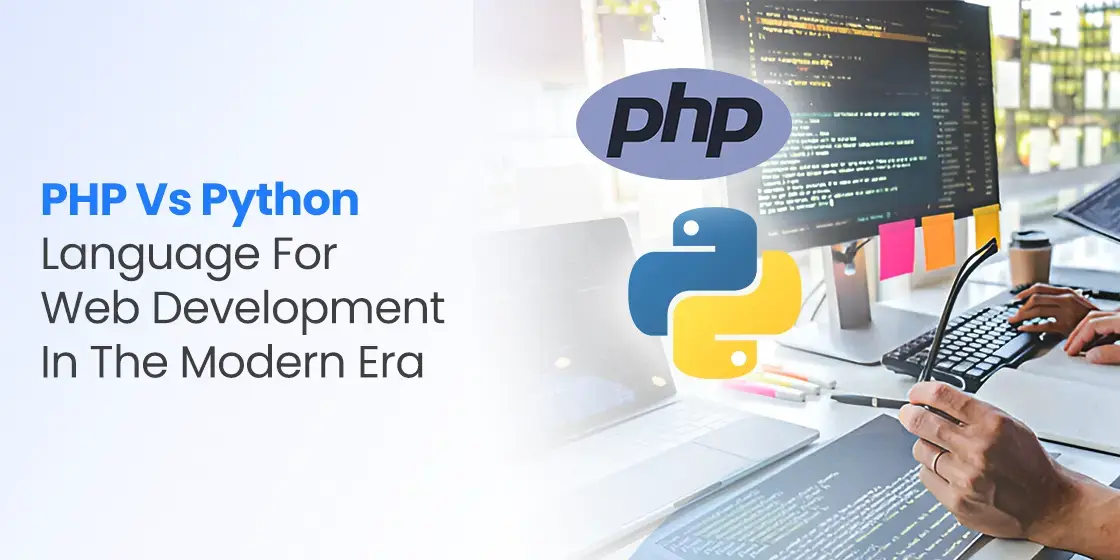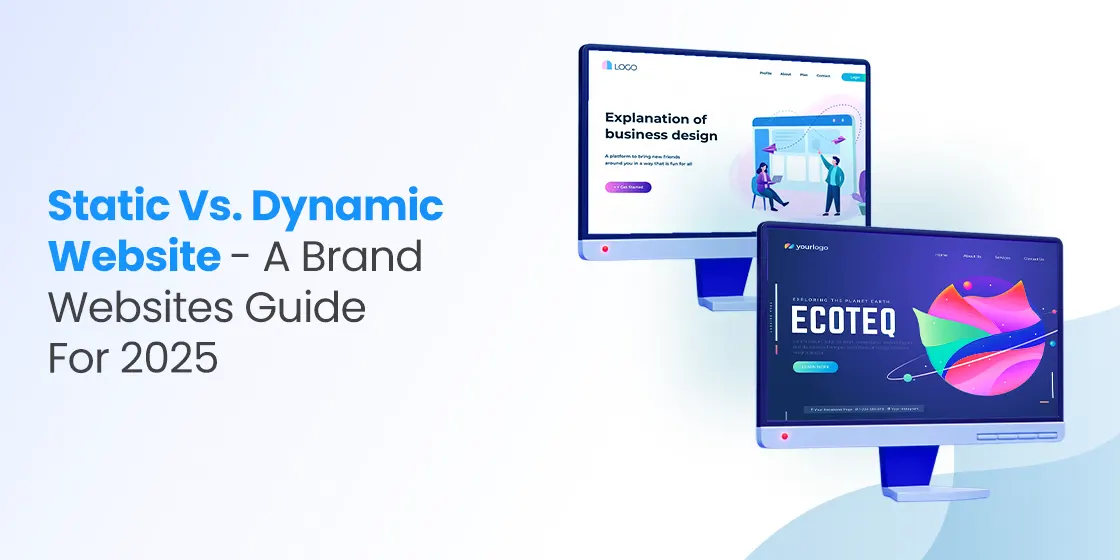Table of Content
Discover the Merits and Uses of Either Option in PHP vs Python for 2025
The digital age has brought forth a variety of programming languages, each with its own strengths and weaknesses, vying for dominance in the ever-evolving realm of web development. Among these, PHP and Python stand as titans, each boasting a rich history, a vibrant community, and a proven track record of building robust and scalable web applications. The choice between these two languages is not merely a matter of preference but a strategic decision that can significantly impact the development process, the performance of the application, and the long-term maintainability of the codebase. In 2025, where web applications are expected to be increasingly dynamic, secure, and performant, understanding the nuances of PHP vs Python is crucial for developers seeking to create cutting-edge web experiences.
PHP, with its deep roots in server-side scripting, has evolved to support modern web development practices, leveraging frameworks like Laravel and Symfony to create scalable and maintainable applications. Python, renowned for its versatility and readability, has gained significant traction in web development through frameworks like Django and Flask, which enable rapid development and robust functionality. The choice between these languages often hinges on the specific requirements of the project, the expertise of the development team, and the desired balance between performance and development speed.
In this article, we provide a comprehensive comparison of PHP and Python for web development in the modern era. We will dive into their respective strengths and weaknesses, explore their suitability for different types of web applications as per web development services, and examine the tools and frameworks that define their capabilities. By understanding the distinct characteristics of these languages, developers can make informed decisions that align with their project goals and contribute to the creation of exceptional web experiences.
PHP: The Veteran of Web Development
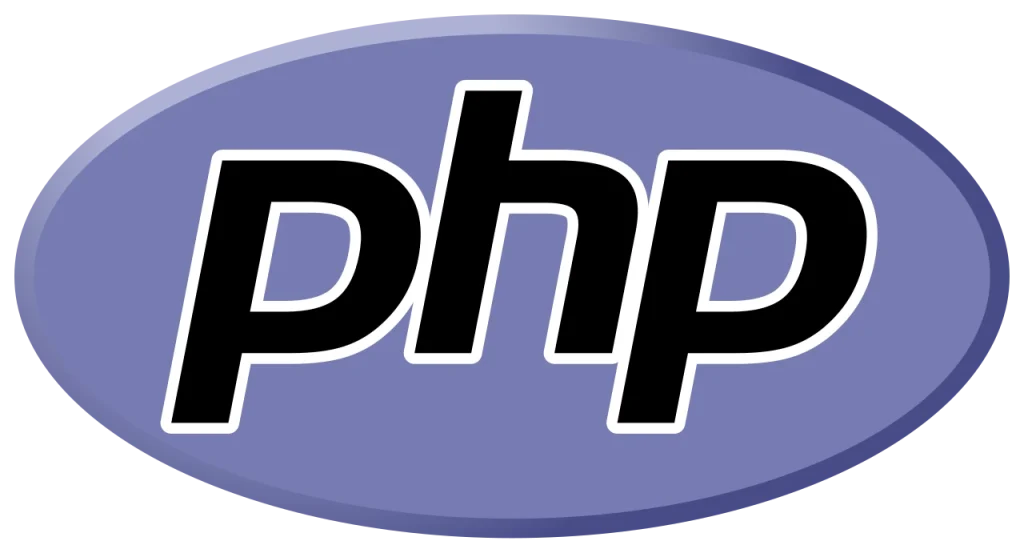
PHP, or Hypertext Preprocessor, has been a cornerstone of web development since its inception in 1995. Its widespread adoption is attributed to its ease of use, extensive documentation, and strong community support. While it has faced criticism for its perceived inconsistencies and security vulnerabilities in the past, PHP has undergone significant improvements in recent years, addressing many of these concerns and solidifying its position as a powerful web development language.
Deep Integration with Web Servers
PHP is inherently designed for server-side scripting, making it seamlessly compatible with popular web servers like Apache and Nginx. This deep integration allows for efficient handling of HTTP requests and dynamic content generation.
Its ability to embed directly within HTML code provides a straightforward approach to creating dynamic web pages. This makes it a popular choice for content management systems (CMS) like WordPress, which rely heavily on dynamic content generation.
Robust Frameworks and Ecosystem
Frameworks like Laravel and Symfony have revolutionized PHP development, providing structured architectures, powerful tools, and enhanced security features. These frameworks promote code reusability, maintainability, and rapid development.
The PHP ecosystem boasts a vast library of packages and extensions, offering solutions for various web development tasks, from database interaction to API integration. This extensive ecosystem contributes to the language’s versatility and adaptability.
Large Community and Extensive Resources
PHP has a massive and active community, providing ample support, documentation, and resources for developers. This extensive community ensures that developers can easily find solutions to common problems and stay up-to-date with the latest best practices.
The large amount of legacy code written in PHP, also ensures that there are many available professionals who can maintain and support those applications.
Python: The Versatile and Modern Choice
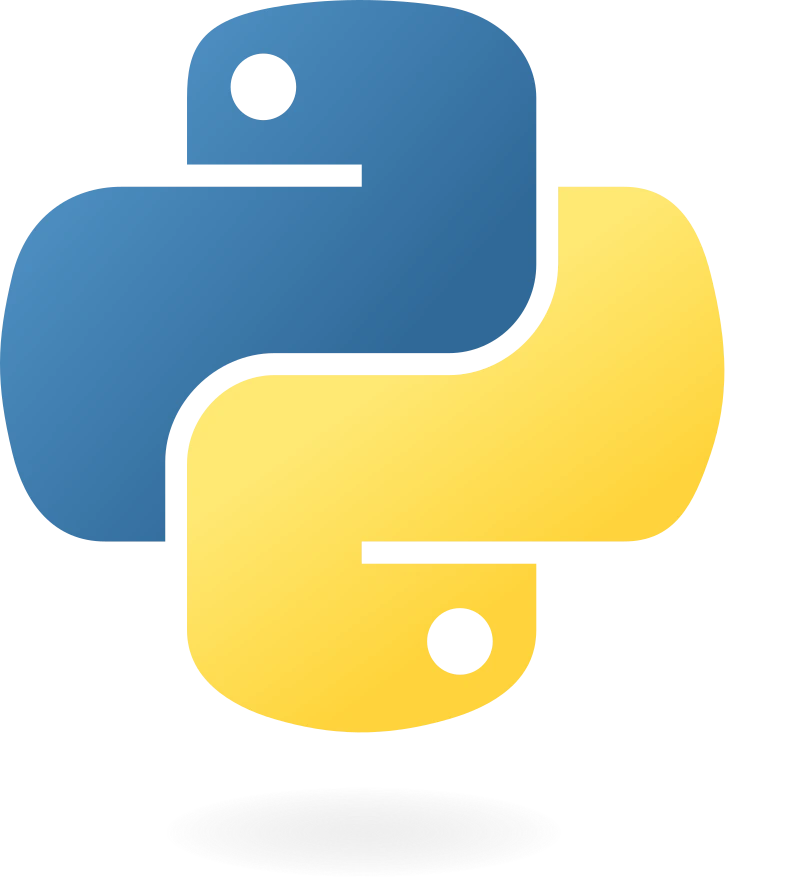
Python, renowned for its readability, simplicity, and versatility, has emerged as a formidable contender in the web development arena. Its popularity is driven by its clean syntax, extensive libraries, and powerful frameworks like Django and Flask. Python’s ability to handle complex tasks with ease has made it a favorite among developers seeking rapid development and robust functionality.
Readability and Simplicity
Python’s clean and intuitive syntax makes it easy to learn and use, reducing development time and improving code maintainability. This readability contributes to fewer errors and easier collaboration among developers.
Its focus on code clarity and readability aligns with modern software development principles, emphasizing the importance of maintainable and understandable code.
Powerful Frameworks and Libraries
Frameworks like Django and Flask provide developers with robust tools for building complex web applications. Django’s “batteries-included” approach offers a comprehensive set of features, while Flask’s microframework design allows for greater flexibility and customization.
Python’s extensive library ecosystem, including libraries like NumPy, Pandas, and Scikit-learn, makes it well-suited for data-driven web applications and those requiring advanced analytics.
Versatility and Scalability
Python’s versatility extends beyond web development, encompassing areas like data science, machine learning, and automation. This makes it a valuable language for full-stack developers and those seeking to integrate diverse functionalities into their web applications.
Python is highly scalable, and capable of handling a very large number of requests. It is used by many large companies that require high performance.
PHP vs. Python: A Comparative Analysis
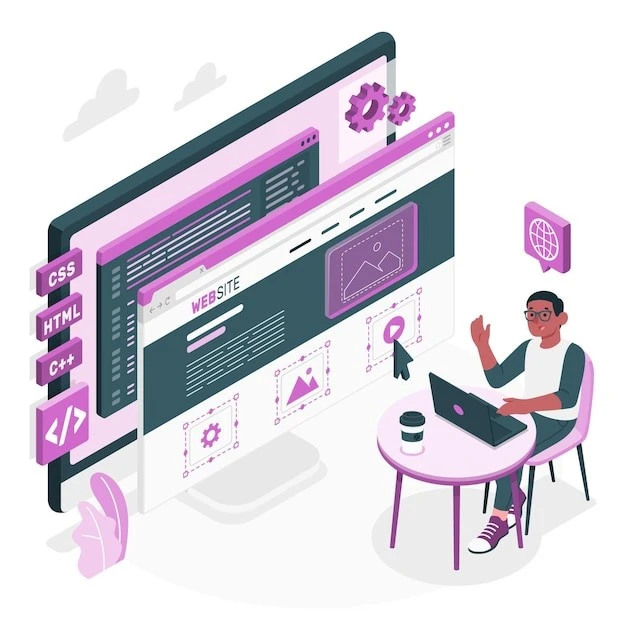
The evolution of web development has been marked by a shift towards more sophisticated frameworks, advanced security protocols, and a growing emphasis on user experience. Both PHP and Python have adapted to these changes, offering a range of tools and libraries that empower developers to build complex web applications with ease.
When choosing between PHP and Python for web development, several factors must be considered.
Performance
PHP, being specifically designed for web development, often exhibits superior performance in handling HTTP requests and generating dynamic content. However, Python’s performance has improved significantly in recent years, particularly when using asynchronous frameworks like AsyncIO.
Modern PHP frameworks and just in time compilation have greatly improved PHP performance.
Development Speed
Python’s clean syntax and powerful frameworks like Django often lead to faster development cycles, particularly for complex applications. However, PHP frameworks like Laravel also offer rapid development capabilities.
Python’s readability makes it easier for larger teams to collaborate, and reduce development time.
Community and Ecosystem
PHP has a larger, more established community and a more extensive ecosystem of packages and extensions specifically tailored for web development. However, Python’s community is rapidly growing, and its ecosystem is expanding to include more web development tools.
Python has a larger community when you include data science, and machine learning, communities.
Learning Curve
Python’s clean syntax and intuitive structure make it easier to learn for beginners. However, PHP’s extensive documentation and large community also provide ample support for those learning the language.
Python is generally considered to have an easier learning curve.
Scalability
Both languages are capable of high scalability. They both have frameworks, and tools that help with scaling web applications.
Conclusion
The choice between PHP and Python for web development depends on the specific requirements of the project, the expertise of the development team, and the desired balance between performance and development speed. PHP, with its deep integration with web servers and robust frameworks, remains a powerful choice for building dynamic web applications. Python, with its readability, versatility, and powerful frameworks, offers a modern and efficient approach to web development. Ultimately, the best language is the one that aligns with the project goals and empowers developers to create exceptional web experiences.

Empower your digital journey with StruqtIO - Your dedicated partner for cutting-edge custom software development, innovation, and digital transformative solutions. Harness the power of technology to elevate your business and redefine your digital landscape today.
